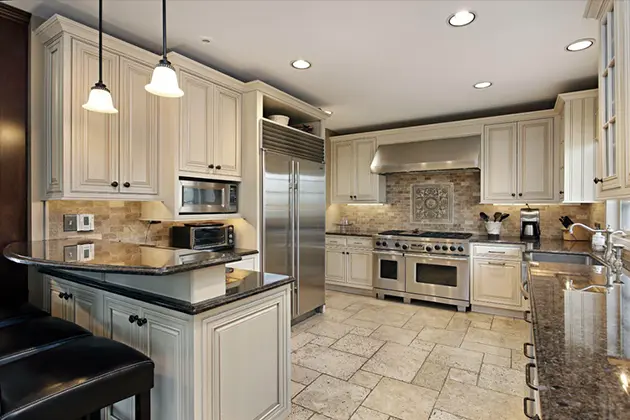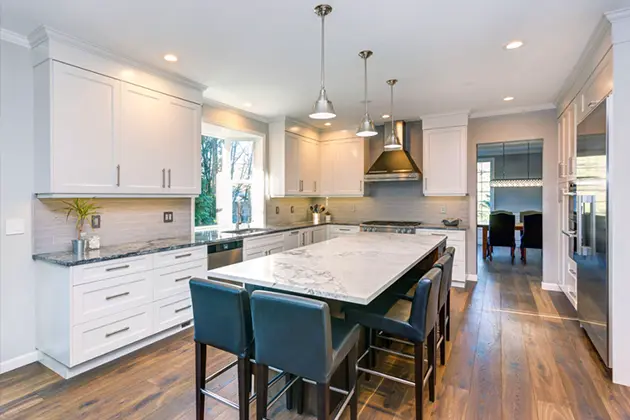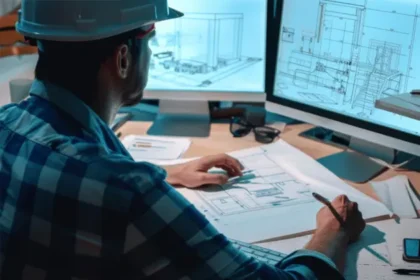The kitchen is usually the heart of every home. This is a place where meals are prepared, memories are made, and endless conversations unfold. For owners of homes built more than a decade ago, the kitchen often embodies a blend of enduring character and potential for modernization.
Renovating an older kitchen not only revitalizes its aesthetic and functional appeal but also adapts this crucial space to modern living standards. Sometimes all you need to do is reface the cabinets and replace some appliances to make your kitchen more functional. Folks from Madcitywindows.com can help you with the first task.
But sometimes, there needs to be a major overhaul. If that’s your case, here’s how you can approach it.
Assessing Your Current Kitchen
Before diving into any renovation, a thorough assessment of your existing kitchen is crucial.This initial step ensures that your renovation decisions are both functional and financially prudent, blending your needs with your aesthetic desires; consulting an electrician Escondido can help align electrical upgrades with your vision
Identify Needs vs. Wants
Make a list of what you need and what you want to start. While high-end finishes and advanced gadgets are appealing, it’s essential to prioritize changes that will improve daily functionality. Ask yourself questions like:
- Which appliances are outdated or malfunctioning?
- Are there any persistent issues with space or layout that hinder your cooking experience?
- Is there sufficient storage, or do cabinets and drawers feel cramped and inefficient?
Creating a list ranked by priority will guide your renovation choices, focusing your budget on modifications that offer the most significant improvements to your kitchen’s usability.
Structural Considerations
Older homes often come with their quirks, which can include structural limitations that might not accommodate modern designs easily:
- Load-Bearing Walls: Determine if any walls you plan to remove or alter are load-bearing. This will require professional input to ensure any modifications won’t affect the structural integrity of your home.
- Outdated Layouts: Many older kitchens are closed off from the rest of the house, which can feel isolating. Consider whether opening up the kitchen to adjacent living areas could enhance the flow and functionality of your space.
- Plumbing and Electrical Systems: Evaluate the condition of existing plumbing and electrical systems. Upgrades might be necessary to support new appliances or lighting fixtures, which should be planned early to integrate smoothly with other renovations.
Planning Your Kitchen Layout
A well-thought-out layout is important for making sure that your kitchen works well for your household. Consider these aspects to design a space that both looks great and works efficiently:
Optimizing Space
Follow the kitchen triangle. Focus on the placement of the sink, stove, and refrigerator. The goal is to place these elements within easy reach of one another to streamline cooking and cleaning processes.
Zoning is also important. Assign specific places for cleaning, preparing, and cooking. This helps in organizing the kitchen logically and can make it more efficient.
Open Concept vs. Traditional Layouts
Choosing an open layout can make the kitchen feel larger and more welcoming, fostering social interaction by connecting it to living areas. Separate kitchens can offer more defined workspaces and may keep messes hidden during entertaining. They also preserve the original architectural style of older homes.
Modern Design Elements
Incorporate modern elements to elevate the aesthetic of your kitchen and enhance its functionality such as:
- Task Lighting: Install under-cabinet lights to illuminate work areas without shadows.
- Ambient Lighting: Soft overhead lighting can enhance the overall mood and make the kitchen a more pleasant place to spend time.
- Smart Appliances: Consider appliances that can be controlled via a smartphone, such as smart ovens that allow remote monitoring and control.
- Gadgets: Introduce modern gadgets like digital assistants or integrated charging stations for a high-tech culinary experience.
Dealing with Plumbing and Electrical Updates
Plumbing and electrical work is not sexy but it is essential to address any issues that can affect the kitchen’s functionality. Replace old pipes and fixtures to prevent leaks and accommodate new appliances or sinks. Upgrade wiring and outlets to support new appliances and technology, ensuring they meet local codes.
Make sure to hire a licensed plumber or electrician to make these updates. This is crucial not only for safety but also for compliance with insurance and resale considerations.
Final Touches: Aesthetics and Style
Finally, you can add some personal touches through such decorative elements:
- Backsplashes: Choose a backsplash that acts as a focal point or complements the overall design.
- Flooring: Select durable flooring that is easy to clean and continues the style of the kitchen.
- Islands: Add an island with seating to create a social hub for family and guests.
- Bar Area: Consider a dedicated bar area for entertaining, complete with a mini-fridge and stylish stools.
- Planter Boxes: One striking way to elevate your kitchen’s aesthetic and functionality during a modern renovation is by incorporating sleek modern planter boxes throughout the space, bringing fresh greenery and style into your cooking environment.
Renovating your kitchen is an opportunity to enhance both the functionality and the beauty of your space. Embrace the journey of transformation, and enjoy the lasting benefits of a well-planned kitchen renovation.











